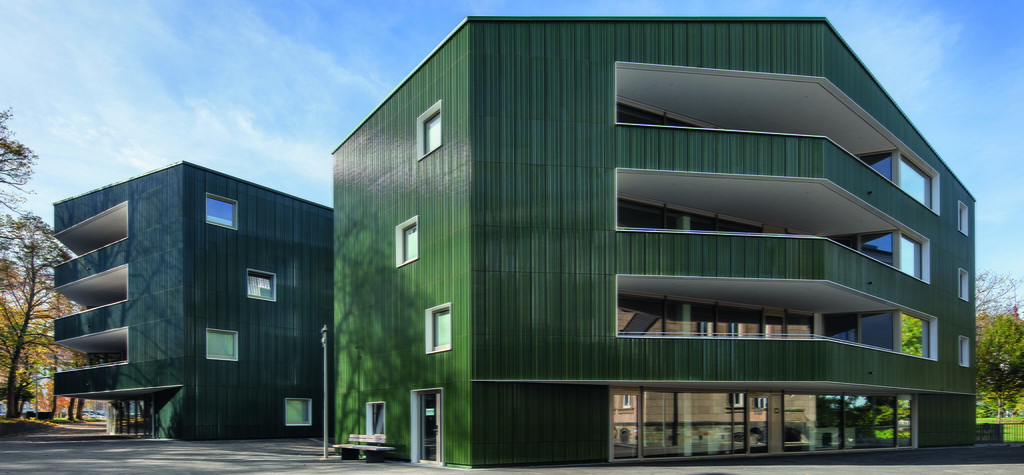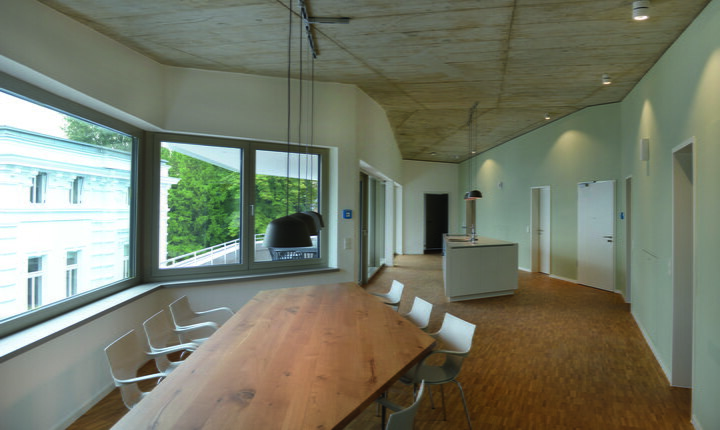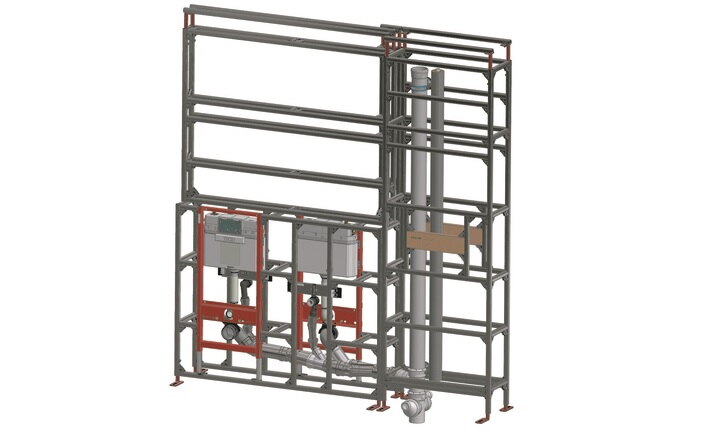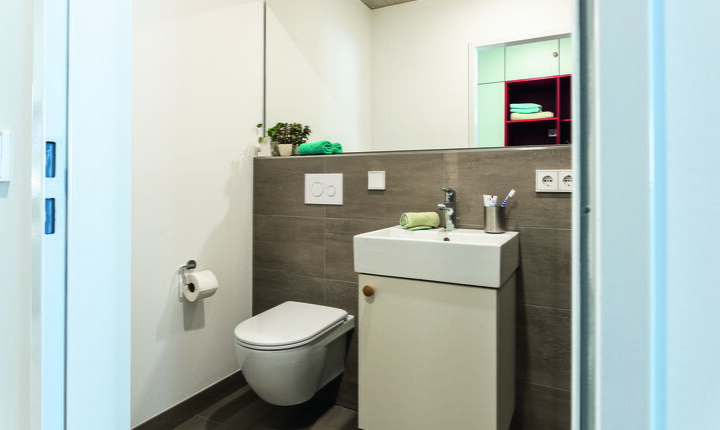
TECEsystem privacy walls were used in the new MO Campus student residence
There is no alternative to using serial prefabrication in the construction process today. The construction of the MO Campus student residence in Bonn shows how it can be optimally implemented. In the immediate vicinity of the former government district, 55 flats with their own bathrooms have been created in two four-storey solitaires. Due to the identical floor plans in the sanitary rooms, those responsible decided in favour of industrially prefabricated installation walls from TECEsystem. The decisive factor here was the early cooperation of all groups involved in the construction - from the Carl Richard Montag Förderstiftung as the client to Prof. Schmitz Architekten and the tradesmen carrying out the work.

"In the interests of everyone involved, we pushed for intensive collaboration right from the start, as every ambitious client should do. With good planning and clean construction processes, we were also able to save time and costs at the MO Campus and at the same time achieve a high quality of execution." Dr Bernd Bach, CEO of the Carl Richard Montag Förderstiftung, describes the process as follows: "The examination and potential consideration of standard components and serially prefabricated elements is also a fixed component and requirement in the planning process for our project developments."
Prof. Peter Schmitz, founder and managing director of Prof. Schmitz Architekten from Cologne, who designed the plans for the MO Campus, emphasises: "We see potential in serial construction - and even the need to exploit this potential more intensively than in the past due to the cost trends of recent years. The collaboration between TGA planning and the architect must take place in the design planning phase, i.e. before the implementation planning and tendering."
Decision in favour of prefabricated installation walls for planning technology
The impulse to use prefabricated sanitary elements came from the HVAC company carrying out the work. Radiator Haustechnik from Bonn had already had good experience with TECEsystem and convinced the architects to use TECEsystem when discussing the planning intersections with them. Thanks to this early planning, the room-high TECEsystem privacy walls used between the bathrooms of two flats could be taken into account in the sanitary planning. The technology for both bathrooms and the risers are installed in this privacy wall, which saves up to 15 centimetres of installation space.


Fire and sound insulation included
TECEsystem installation walls fulfil all building law requirements for sound insulation and fire protection. They are always made from the TECEprofil support structure. This is approved by the German Institute for Building Technology for the construction of non-load-bearing fire protection constructions and is labelled with the corresponding Ü marking Z19.140-2573 at the factory. In addition, the installation walls fulfil the building law requirements in accordance with DIN4109-1 and the increased requirements in accordance with DIN4109-5.
Two working days saved per bathroom
The installation walls were prefabricated in TECE's own factory, tested and delivered to the construction site just-in-time. In addition to a reliable planning horizon and controlled quality, the tradesmen on the construction site also benefited: "It is estimated that you save around one to two working days per bathroom," calculates Benno Franke, Managing Director of Radiator Haustechnik.
